
Diky K. Arief | A student of Islamic Theology and Philosophy at the State Islamic University of Surabaya[]
When East Javanese traditional art is discussed, the main spotlight often falls on Ludruk—a performing art that has long been a cultural pride of the arek-arek (young people) community. However, behind the vibrant discussions about Ludruk, there is one crucial element that is often overlooked by the media and cultural discourse: Jula Juli. Without Jula Juli, Ludruk would not feel complete.
Jula Juli is not merely a part of the East Javanese kidungan (traditional sung poetry); it is a literary form that records the long history of its people. Within each song performed, there are narratives about anxiety, hope, humor, social criticism, and the daily lives of Javanese society, particularly in Surabaya and the broader Arek subculture regions.
Varieties of Jula Juli
Jula Juli and Ludruk are always intertwined with traditional art in East Java. As part of a Ludruk performance, Jula Juli serves as an introduction or accompaniment that breathes life into the show. However, Jula Juli does not entirely depend on Ludruk as its medium. As an independent art form, Jula Juli can be performed outside of Ludruk shows.
To trace the connection between Jula Juli and Ludruk, let us briefly explore its historical emergence. There are several versions of how Ludruk and Jula Juli originated. One story states that Ludruk was initially created by a farmer named Santik from Ceweng Village, Diwek District, Jombang Regency. In 1907, Santik, along with his two friends, Pono and Amir, performed Jula Juli from one hamlet to another while wearing makeup resembling women, which they found amusing. They then sang Jula Juli in a humorous style to entertain the public (Ismail, 2023).
Another story claims that Ludruk had already developed as early as 1890, but it was not introduced by Santik. Instead, a street performer named Gangsar from Pandan Village, Jombang, was credited with its emergence. His story closely resembles Santik’s role in pioneering Ludruk, which at the time still took the form of Lerok. According to the tale, Gangsar and his friends were performing when they encountered a crying baby being held by a man. Upon closer observation, the man had adorned himself like a woman, hoping to deceive his child into thinking they were being cradled by their mother. Inspired by this, Gangsar and his friends began performing with makeup that made them look like women. This story is also considered one of the key reasons behind the emergence of the travesti (cross-dressing) tradition in Ludruk performances (Soenarno, 2023). The final version suggests that Ludruk began to develop in Surabaya.
Unfortunately, these stories focus solely on the origins of Ludruk, while the emergence of Jula Juli remains largely undocumented. However, the development of Jula Juli has always been closely linked to Ludruk. Over time, Jula Juli started to expand its reach, evolving into an independent art form separate from Ludruk. In Jula Juli, the sung poetry follows a pattern similar to pantun (traditional rhymed verses), delivered with vocal techniques and accompanied by gending (traditional Javanese music). The narration is presented in the rough, colloquial ngoko dialect of East Javanese speech.
Regional Variations of Jula Juli
As Jula Juli evolved, it developed unique regional characteristics across East Java, adapting to the socio-cultural contexts of different communities. These variations include Jula Juli styles from Surabaya, Pandalungan, Jombang, and Malang (Setiawan, 2017). While all these variations retain similar musical patterns and accompaniment styles, each version presents a distinct atmosphere and character, particularly in linguistic aspects.
The diversity of Jula Juli has given rise to its own historical narratives in different regions. It reflects the cultural, social, and political conditions of its time. For example, in Jombang, a Jula Juli style developed using the slendro Pathet Wolu scale. This scale was performed during Bapang Wayang Topeng Jatiduwur performances (Annur, 2022). However, there is neither historical evidence nor folklore detailing the origins of Jula Juli in the slendro Pathet Wolu scale. Nevertheless, Wayang Topeng Jatiduwur has existed since the Majapahit era during King Hayam Wuruk’s reign and was later revitalized by Ki Purwo in Jatiduwur Village, Kesamben, Jombang.
Beyond Jombang, around 2014 in Malang, a new musical style emerged under the name Jula Juli Lantaran Gaya Malang. This style was pioneered by Sumantri, who created it in response to the limitations of previous macapat song styles (Pamuji, 2017). The distinction lies in its musical characteristics: Jula Juli Lantaran Gaya Malang incorporates elements of macapat with rhythmic arrangements highlighting Kendang Kalih and Gambayak drumming techniques (Pamuji, 2017). This marks a unique feature not found in conventional Jula Julicompositions.
Unlike the Malangan or Jombangan styles, Jula Juli Madura has a history closely tied to the socio-political dynamics of the Dutch colonial era. This version of Jula Juli was born as a product of its time, shaped by the cultural assimilation between Madurese and Javanese communities under Dutch colonial racial policies. The Dutch anthropologist Huub de Jonge documented colonial-era stereotypes about the Madurese people, portraying them as “backward” and “harsh-tempered”—both of which reflect colonial biases. This narrative reinforced the discriminatory perspectives of colonial rule, further stigmatizing the Madurese in the eyes of both the colonizers and surrounding Javanese communities.
The presence of the Madurese people was often positioned as “the other.” Their voices remained faintly heard. This historical backdrop of stereotyping led Jula Juli Madura to become a unique form of resistance against systematic subjugation by colonial systems and knowledge structures (Setiawan, 2017).
This defiance is also reflected in kèjhungan gending Yang-Layang, a distinctive kidungan (sung poetry) from Madura influenced by Javanese kidungan and the adaptive evolution of Jula Juli. However, its uniqueness lies in its high-pitched and melancholic cengkok(melodic ornaments), symbolizing the Madurese people’s strong sense of dignity, outspokenness, and migratory nature (Mistortoify, 2015). One example of kèjhungan Yang Layang is as follows:
“Sampang roma sakè translation: Sampang (has) hospital
Tuan dokter acapèngan potè The doctor wears white hat
Lo’ ghãmpang dhãddhi rèng lakè’ It is not easy to be a man
Mon lo’ pènter nyarè pèssè” If cannot earn money
(Mistortoify, 2015)
Through the Jula Juli they created, they not only expressed their cultural identity but also demonstrated resistance against the stereotypes that had long been imposed upon them.
The migration of the Madurese people to the Tapal Kuda (Horseshoe) region also gave rise to a unique Jula Juli style known as Pandalungan. Pandalungan refers to Madurese communities born in Java who have assimilated with Javanese culture while living in the Tapal Kuda region, which includes Jember, Situbondo, Probolinggo, and Lumajang (Satrio, 2020).
This migration can be traced back to the 18th century, specifically in 1870, when the Dutch colonial government enacted more agrarian policies that allowed private enterprises to expand their economic activities in East Java. As a result, rubber, sugarcane, and tobacco plantations began to emerge, and low-wage laborers were brought in from Madura to work on them (Akhiyat, 2023). However, this was nothing more than a colonial strategy to perpetuate slavery. The Dutch forcibly employed enslaved laborers on plantations—bringing slaves from Java to work on land in Sumatra and from Madura to work on land in Java. By sourcing enslaved workers from regions separated by the sea, they ensured easier control over them (Setiawan, 2017).
As a result, cultural assimilation occurred in the inclusive Tapal Kuda region, giving birth to distinctive traditions—one of which is Jula Juli Pandalungan/Pendalungan. This particular Jula Juli is often performed in Jaran Kencak (a traditional horse dance) performances and is incorporated into the Napel/Sumpingan segment. In this segment, a guest sings Jula Juli to the host while presenting monetary offerings (saweran) to the Remo dancer as a gesture of respect to the host (Juwariyah, 2023).
In her writings, Nura Murti compiled Jula Juli/kèjhungan from the Pandalungan tradition in Jember Regency, highlighting the values of cultural assimilation in the Tapal Kuda region (Murti, 2017), such as the following example:
“Tanem magik tombu sokon terjemahan: planting Tamarind grows breadfruit
tabing kerrep benyyak kalana A tightly woven bamboo was full of scorpions
mompong gik odik koddhu parokon As long as one is alive, harmony must be maintained
ma’ olle salamet tèngka salana” To stay safe in one’s behaviour
The various types of Jula Juli demonstrate that music and culture are not merely forms of entertainment but also serve as tools for expressing identity, worldview, and even dissatisfaction with prevailing social conditions. Like other traditional arts, Jula Juli stands as a silent witness to how culture becomes an arena of struggle—where narratives of oppression can be transformed into songs that inspire and unite people from diverse walks of life.
Jula Juli as a Medium of Social Resistance and Propaganda
During the colonial period, Jula Juli evolved into a medium for criticizing the Japanese colonial system, infused with elements of satire. For example, in one of the most renowned kidungan (traditional sung poetry) pieces by Cak Durasim, sharp criticism was directed at Japanese rule, which had further worsened the conditions of the indigenous people, as cited in Setiawan’s (2021) article:
“A dovecote is a home for doves,
Following the Japanese only brings suffering.
Bought klepon at the station,
Following the Japanese means no pension.”
The first two lines of the verse are also inscribed on Cak Durasim’s tombstone at Tembok Gede Cemetery in Surabaya, serving as a lasting reminder that local arts and culture—such as Ludruk and Jula Juli—have functioned as tools of resistance. Jula Juli was not merely an art form; it was a means of challenging the status quo of its time.
Beyond being a vehicle for social criticism, Jula Juli was also used as a medium for propaganda. During the Guided Democracy era of the late 1950s, political parties frequently utilized this art form to convey ideological messages from various political groups. This is evident from the fact that many political parties had autonomous cultural organizations within them. Some of these included the Indonesian National Party (PNI) with its National Cultural Institute (Lembaga Kebudayaan Nasional—LKN), the Indonesian Communist Party (PKI) with its People’s Cultural Institute (Lembaga Kebudayaan Rakyat—Lekra), Masyumi with its Islamic Arts and Culture Association (Himpunan Seni Budaya Islam—HSBI), and the Catholic Party with its Catholic Indonesian Cultural Institute (Lembaga Kebudayaan Indonesia Katolik—LKIK) (Susanto, 2017).
The presence of multiple political streams and ideologies made culture an arena for ideological battles and influence. Art and literature, as part of culture, were often used as mediums to convey ideological messages, either explicitly or implicitly. This even led to the notion that “whoever wins has the right to write history” (Susanto, 2017).
This was no exception for Jula Juli and Ludruk. The proliferation of Ludruk groups in East Java turned the art form into a political battleground, resulting in the emergence of two major factions: Ludruk supporting the PKI and Ludruk supporting the PNI. When these two factions performed on neighboring stages, it was not uncommon for them to engage in ideological duels through Jula Juli performances (Setiawan, 2021).
“Budal tandur, muleh njaluk mangan “Jumat legi nyang pasar genteng
Godonge sawi, dibungkus dadi siji Tuku apel nang Wonokromo
Ayo dulur, podho bebarengan Merah putih kepala banteng
Nyoblos partai, partai PKI” Genderane dr. Soetomo”
That Jula Juli verse is one example of how traditional art was utilized by political parties to subtly convey their ideological messages. With its colloquial language and a rhythm familiar to the people of East Java, political propaganda was woven into the lyrics of the kidungan(chant). In this way, Jula Juli transformed into an effective political communication tool, reaching various segments of society that might not be accustomed to formal political narratives. However, kidungan and Ludruk performances associated with the PKI began to fade following the events of September 30. That incident marked a period of silence and the disappearance of Ludruk from the national stage (Setiawan, 2021).
At that time, the New Order regime did not only suppress the PKI physically but also sought to dominate culture associated with it. The Pengkhianatan G30S/PKI (The Treachery of G30S/PKI) film, produced by the regime, was widely disseminated, books deemed to contain leftist ideology were banned and removed from circulation, and traditional arts were tamed by the regime to steer literature toward “safe” storytelling (Restu, 2020). One of the affected art forms was Ludruk. As a form of folk art closely tied to narratives of the people and resistance, Ludruk was considered dangerous. During that era, both Ludruk and Jula Juli, as part of Ludruk, temporarily lost their voices.
The Revitalization of Jula Juli in the Contemporary Era
Amid the influence of both Western and Eastern cultures today, this tradition faces the challenge of staying relevant in an era of modernization. The name Cak Kartolo, a legendary Ludruk Suroboyoan maestro, is often credited with playing a significant role in revitalizing Jula Juli, ensuring its survival and acceptance by modern audiences.
Cak Kartolo recorded his Ludruk performances on cassette tapes, which were then widely distributed across East Java. He became well-known for delivering Jula Juli with a comedic style rich in humor. In every recording, he was always accompanied by the karawitan(traditional Javanese musical ensemble) group Sawunggaling (Mukaromah, 2018).
Apart from Sawunggaling with Cak Kartolo, during the same period, Cak Sulabi and his Ludruk group Budhi Wijaya also gained recognition for their popular Jula Juli Suroboyoan, such as the following Jula Juli:
“Mulone jok gampang dulur peno dipecah belah
mundhakno sing seneng kaum penjajah
sopo sing salah dulur kudu podo ngalah
supoyo persatuan kito gak gampang blubrah”
Moreover, Jula Juli continues to reinvent itself by addressing more contemporary issues. For example, in the field of education, Jula Juli is used to teach moral values, history, and even social skills. One such example is the following kidungan:
“Sugeng enjang salam literasi
Anak-anakku sayang kabeh sing tresnani
Ayo belajar gawe mbangun negeri
Iki wawasan tekan sekolah yo dipelajari (Primaniarta, 2022).”
Through Jula Juli, this art form not only reintroduces East Javanese cultural identity to the younger generation but also serves as a medium for character building and fostering social awareness. Therefore, tracing the values and knowledge embedded within Jula Juli can be seen as a form of cultural archaeology within the subculture of East Java.
References
Ismail dan Asih Widiarti, “Pentas Ludruk yang Menolak Mati,” TEMPO Publishing, 2023.
Aris Setiawan, Suyanto Suyanto, dan Wisma Nugraha Ch. R., “Jula-Juli Pandalungan dan Surabayan Ekspresi Budaya Jawa-Madura dan Jawa Kota,” Resital: Jurnal Seni Pertunjukan 18, no. 1 (2017): 1–12
Aris Setiawan, “Kidungan Jula-juli in East Java: Media of Criticism and Propaganda (From The Japanese Occupation Era to The Reform Order in Indonesia),” Harmonia: Journal of Arts Research and Education 21, no. 1 (7 Juni 2021): 79–90.
Muhammad Akbar Darojat Restu Putra, “Membaca Lagi ‘Kekerasan Budaya,’” Islam Bergerak (blog), 2020
Gita Primaniarta dan Heru Subrata, “Development of Kidung Jula-Juli as a media for children’s literacy,” Premiere Educandum : Jurnal Pendidikan Dasar dan Pembelajaran 12, no. 2 (2022): 1–13
Bima Atyaasin Annur, Setyo Yanuartuti, dan I. Nengah Mariasa, “Characteristics of Gending Jula-Juli Laras Slendro Pathet Wolu in The Bapang Dance Jombang Jatiduwur Mask Puppet,” Virtuoso: Jurnal Pengkajian dan Penciptaan Musik 5, no. 2 (2022): 142–47.
Iska Aditya Pamuji, “GARAP GENDING JULA-JULI LANTARAN GAYA MALANG,” KETEG: Jurnal Pengetahuan, Pemikiran, dan Kajian Tentang “Bunyi” 17, no. 2 (2017): 69–79.
Sonarno, Sejarah Ludruk (Semarang: Mutiara Aksara, 2023.).
Anik Juwariyah, “The Study of Panji Culture in the Pandalungan Sub-ethnic, East Java Review: Jaran Kencak Performing Art,” Atlantis Press, 2023.
Dwi Susanto, Lekra VS Manikebu (Sejarah Sastra Indonesia periode 1950- 1965) (Yogyakarta: CAPS (Center for Academic Publishing Service), 2017).
Axzella Raudha Mukaromah, “Proses Kreatif Cak Kartolo dalam Jula-Juli” (skripsi, Yogyakarta, Institut Seni Indonesia Yogyakarta, 2018).
Prakrisno Satrio, Suryanto Suryanto, dan Bagong Suyanto, “MASYARAKAT PENDALUNGAN (Sekilas Akulturasi Budaya di Daerah ‘Tapal Kuda’ Jawa Timur),” Jurnal Neo Societal 5, no. 4 (2020): 440–49.
Akhiyat dan Amin Fadlillah, “SEEKING THE HISTORY OF PENDALUNGAN CULTURE: A DISTINCTIVE STUDY OF LOCAL CULTURAL HISTORY IN THE HISTORY AND ISLAMIC CIVILIZATION PROGRAM OF UIN KHAS JEMBER,” Jurnal As-Salam 7, no. 2 (22 Juli 2023): 276–99.
Zulkarnain Mistortoify, “ONG-KLAONGAN DAN LÈ-KALÈLLÈAN ESTETIKA KÈJHUNGAN ORANG MADURA BARAT” (Yogyakarta, Universitas Gadjah Mada, 2015).
Fitri Nura Murti, “Pandangan Hidup Etnis Madura dalam Kèjhung Paparèghân,” Istawa : Jurnal Pendidikan Islam 2, no. 2 (2017).

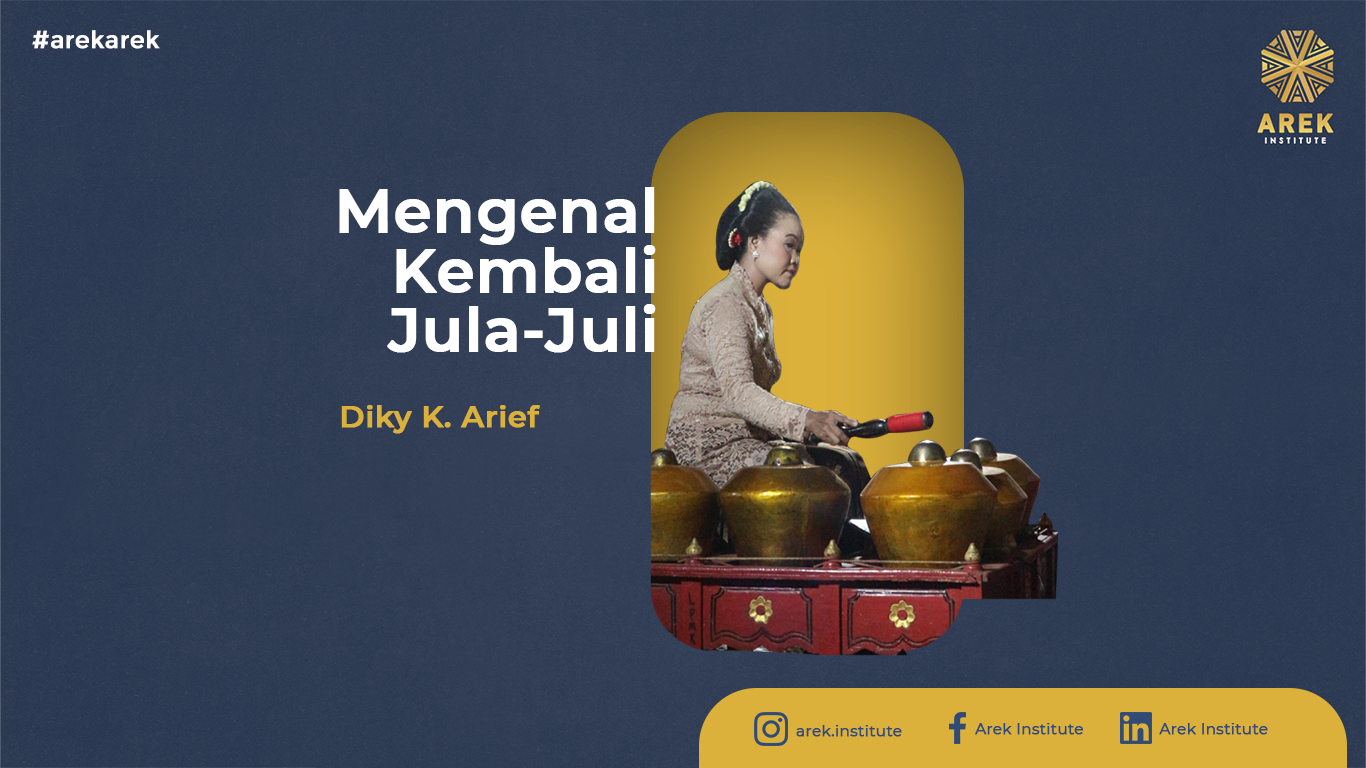
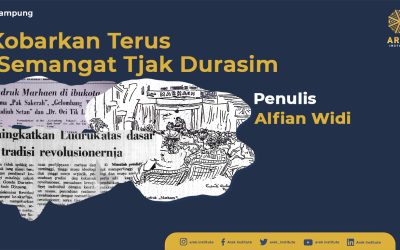

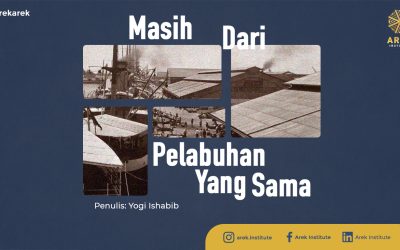
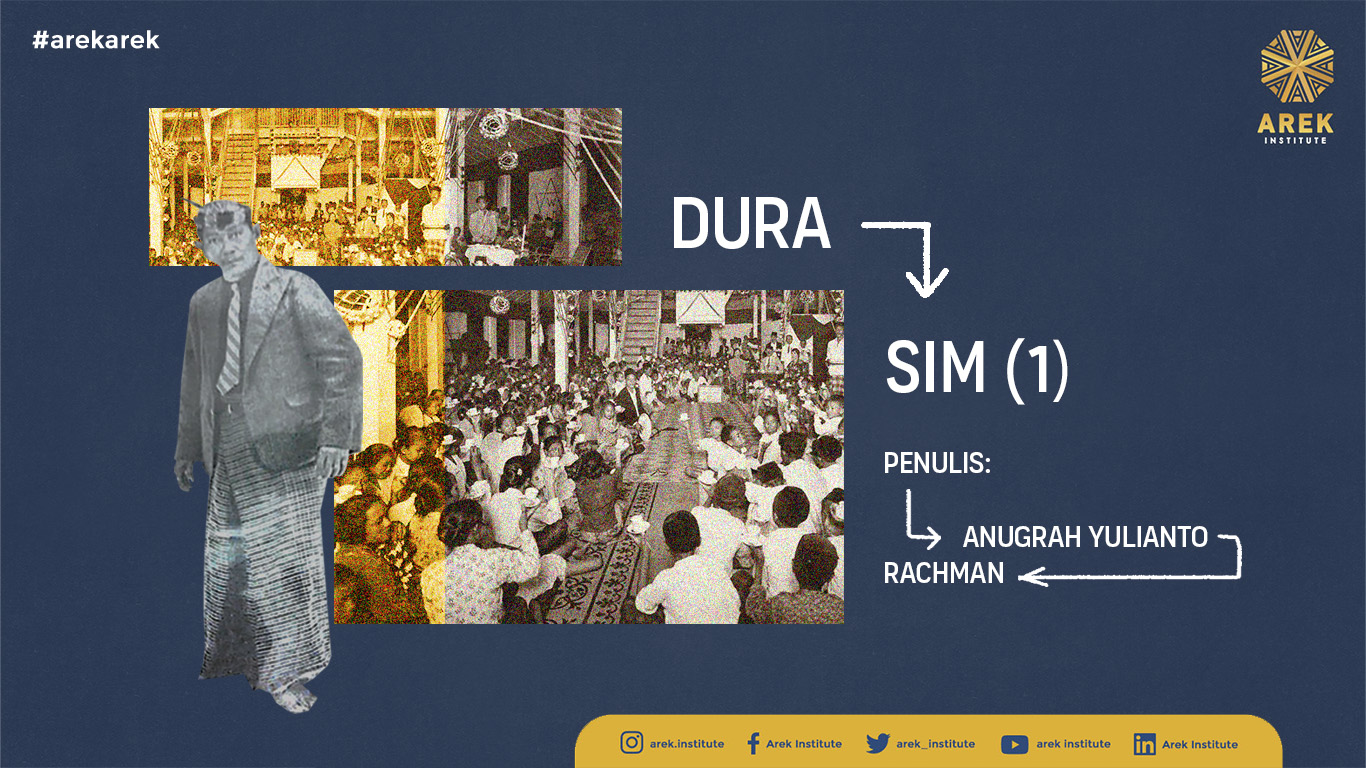
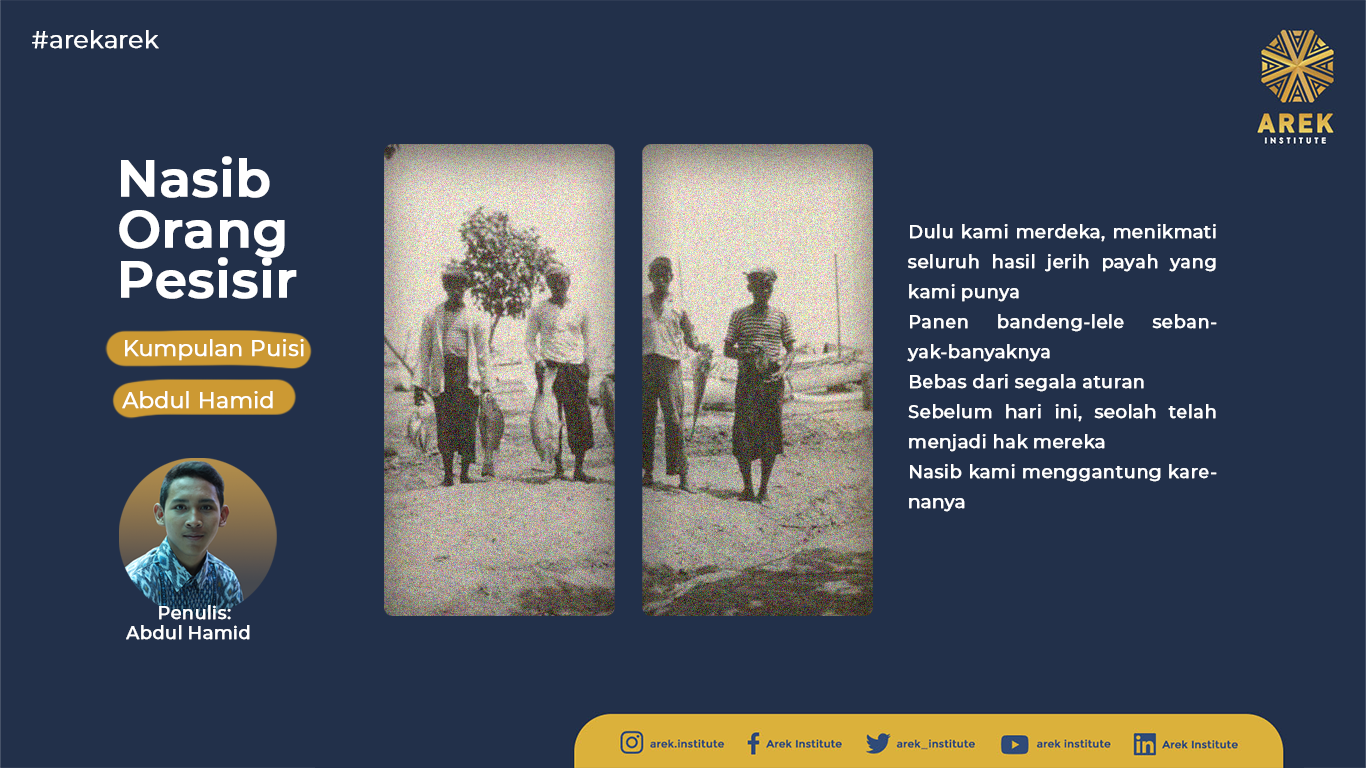
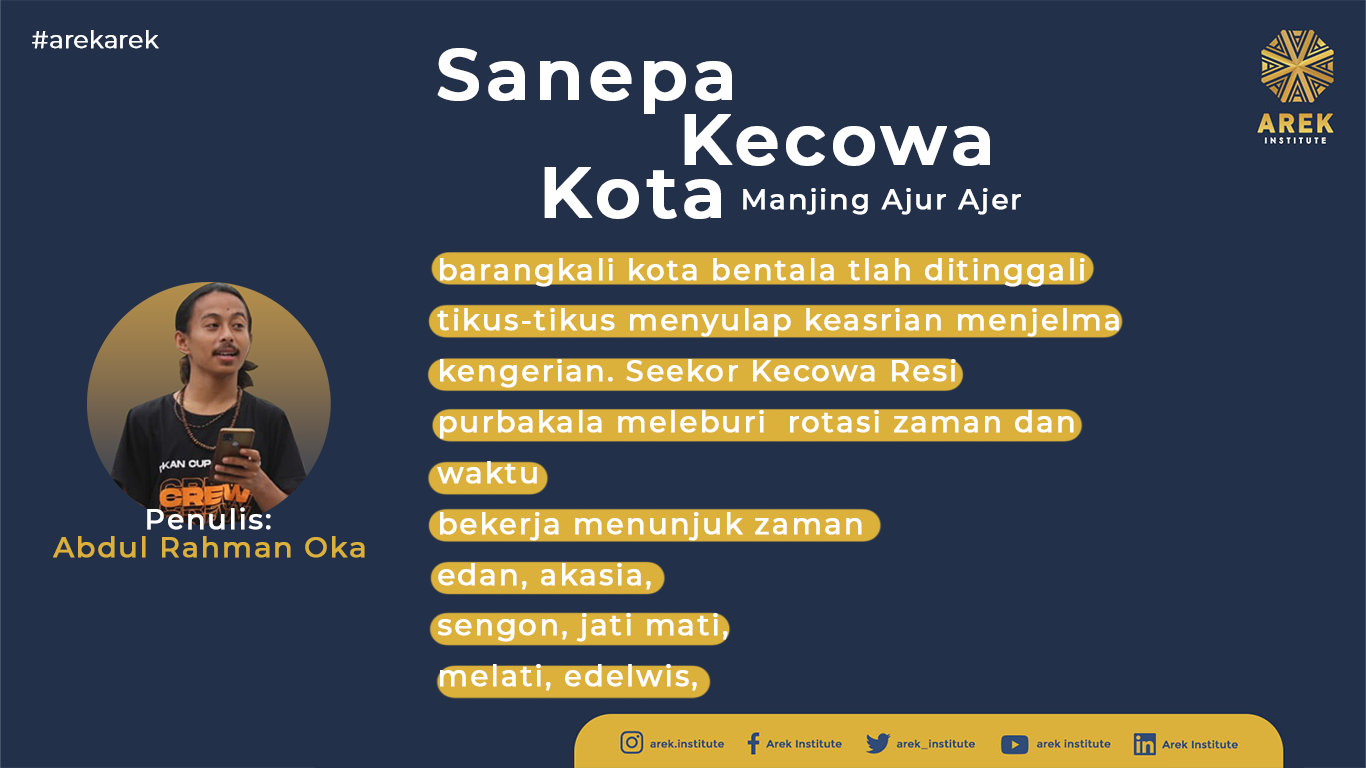
0 Comments